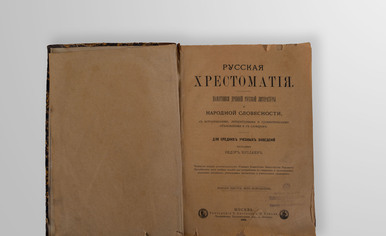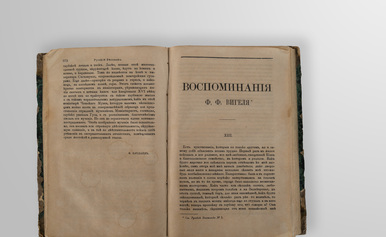The 19th century can be considered the golden age of “fashion plates” in Russia. By looking at the “fashion illustrations” or “fashion pages” from French magazines, one can better imagine the appearance of characters from the books of Alexandre Dumas, Émile Zola, Alexander Pushkin, or Ivan Turgenev.
If a person had magazines with illustrations of fashionable designs or albums with magazine clippings and samples of fabric, it meant that they belonged to a certain social category. Such images were a source of entertainment for high society. Fashion plates appeared in France and quickly spread to other countries in Europe and America.
Plates from the “Fashion Illustrations” series were published between 1821 and 1868 as a supplement to the Parisian magazine “Petit Courrier des Dames” (“The Ladies’ Little Messenger”), originally known as “Nouveau Journal des Dames” (“The New Ladies’ Journal”).
Every five days, a new issue with illustrations was presented to the public under the title “Modes de Paris” (“Parisian Fashions”). Each month, there were about six plates depicting women’s dresses, one showing men’s fashions, and one demonstrating hairstyles and women’s hats. The main purpose of such publications was advertising: each plate was accompanied by the names and addresses of dressmakers, tailors, jewelers, florists, hairdressers, fashion designers, shoe salesmen, and underwear suppliers.
Initially, artists focused mainly on demonstrating the clothes, but in the 1840s they changed their approach. They started creating more elaborate compositions depicting various scenes (a walk in the garden, a horse race, a visit to the church, a doctor’s visit) and featuring more details of the landscape and interior.
In the mid-19th century, the plates no longer occupied a small area but rather an entire spread of a magazine. Each illustration featured between five and ten fashionably dressed characters. Such images were published less frequently, once a season, and focused on seasonal trends. By depicting several characters at once, the artists could demonstrate the variety of fabrics or accessories and advertise more products.
As can be seen in the
displayed print, men’s suits in 1846 were characterized by a somewhat feminine
silhouette with a narrow waist and broad shoulders. The jacket was equipped
with shoulder pads and cotton lining, emphasizing the chest. Pants and vests were
made of lighter fabric. A dark jacket could be combined with a bright, plaid or
striped vest. The look could be complemented by a top hat, cane, gloves,
neckerchief, curls, and sideburns.


